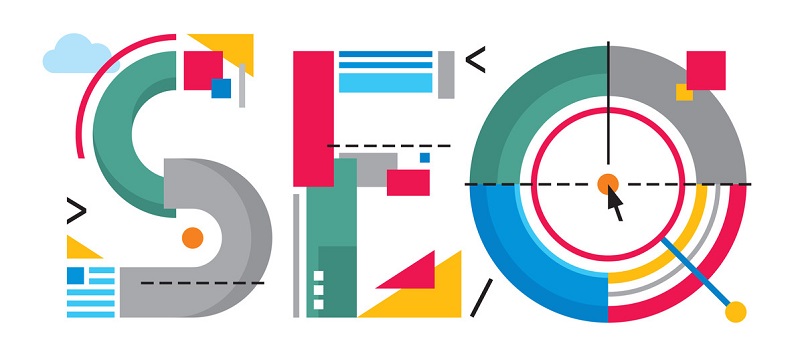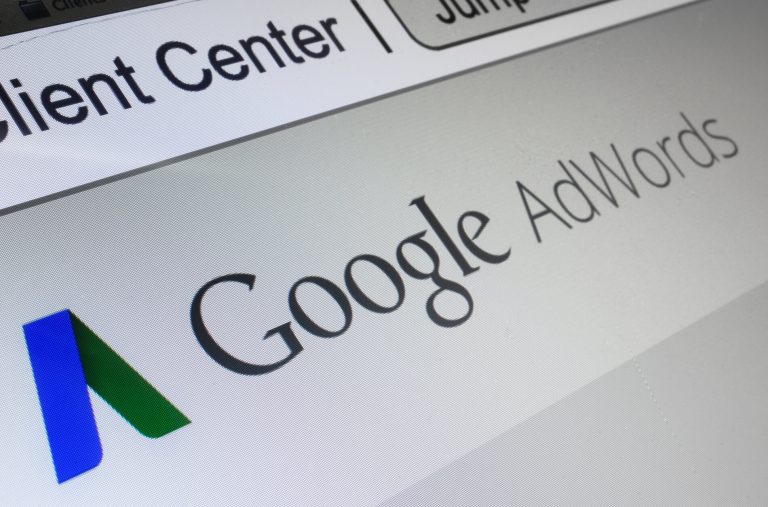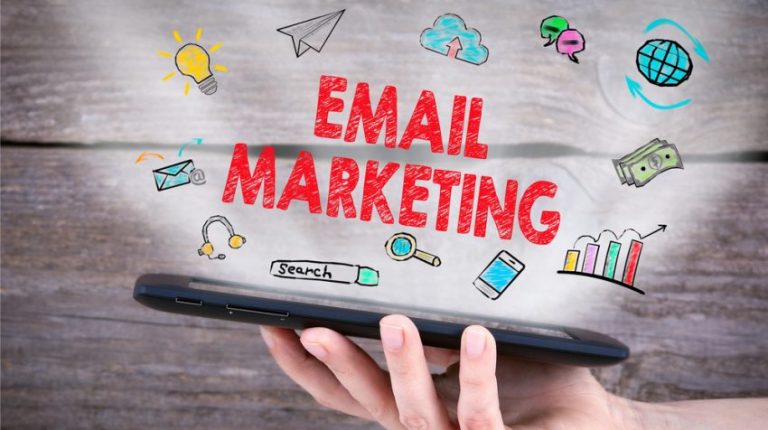What comes to mind when you hear the word SEO? Most companies concentrate all their efforts solely on keyword optimization and end up not getting the results they want, as should also take into account other factors that affect search engine positioning.
The algorithms of search engines not only value the relevance of the keywords in the pages of your website, but also evaluate information as how long visitors stay on your site, bounce rate, broken links, the number page views, the incoming and outgoing links, etc.
If your users stay longer on your website and interact with your content you can increase the ranking of your page, and this get by improving the user experience and usability of your website?
In this article, we will see how to work the web usability to improve your search engine rankings and get more conversions.

What is web usability?
The usability covers many elements of web design, most of which are also linked to conversion. Here are some usability factors that can affect your position in search engine ranking:
Effectiveness: Can users achieve their goals when they land on your website? For example, can you find the information they need, order the products they want, or contact the customer service department?
Efficiency: In addition to being able to achieve a goal, can do so quickly? If visitors cannot find what they need to effectively and efficiently on your website, they are more likely to leave. A short time spent on your website can have a negative impact on SEO ranking.
Ease of learning: Can users learn to navigate your website quickly? Are calls to action with coherent? When visitors spend too much time trying to find a way to navigate your web, spend less time to see your products. In addition, when they cannot find what they need, chances are you are frustrated; they go to another page and never return.
Error prevention: Certain errors on a website can affect not only the user experience, but also to SEO. For example an error page 404 Not Found, a link that says one thing but shows another or a broken link is no longer valid.
Why is it important for SEO web usability?
Search engines reward websites that besides being rich in relevant keywords, demonstrate commitment to the user to have a good usability.
The SEO ranking improves when visitors stay on your site longer, view more pages, and repeat visits. The more users friendly your site is more likely to happen.
You may also like to read another article on Web-Build: Build a website: Resources and Help
Let’s take a look at 13 elements that not only improve the usability of your website, but also help improve your search engine positioning…
1. Relevant, useful and high quality contents
When you provide useful content, visitors tend to stay longer on your site to consume information and thus increases the residence time.
Based on this research, the texts contain between 2000-2500 words are positioned higher on the search engines.
Longer texts give you the opportunity to provide more value, include more keywords, add more outbound links, and of course, make people spend more time reading and increase the dwell time.
2. The speed of page loading
Both Google and Bing take into account the loading speed of the page in its ranking algorithm. Users can leave your site if they have to wait a few seconds for the page to load. This will hurt the residence time will increase the bounce rate and reduce the number of page views; with which it could hurt your search engine positioning.
There are many ways to increase the loading speed, how to use a caching plugin to optimize the size of images, reduce the number of re-directions and plugins.
Proper optimization of images can help reduce file size and improve loading speed.
3. Optimizing images
Research has shown that the use of images of good quality can increase the conversion rate. Properly optimize images can help you generate empathy, to build confidence and improve the user experience without hindering load time, which could affect your SEO ranking.
In addition to the image file format and size, there are other ways to make your images help you win in the rankings. You must point out the relevance of their content to search engines using keywords in the filename, alt tag, title, description and subtitle.
4. Titles header
Shape your content helps improves the user experience of your site. This makes readers more willing to invest time in reading your texts. Proper use of titles and subtitles can help you separate your content easier to read sections.
Search engines also qualify keywords header titles so you will also be boosting your search engine positioning.
5. Outgoing Links
To make your content more useful and relevant, you can link to authority sites for your users to complete the information.
Link to high authority sites not only increase the relevance of your content and your users spend time on your website, but also will send signals of confidence to Google to improve SEO ranking.
However, more is not necessarily better. If you have too many outbound links you can distract users and make content difficult to read.
6. Multimedia
Images, videos, slide shows and audio help enrich your content and improve user experience. Also they act as a quality signal for search engines; after all, you’ve worked hard for your content interesting and interactive.
Video marketing has become a key to attract more users and convert them into customer’s element. Web sites that use videos can achieve a conversion rate of 4.8% higher, compared with the average of 2.9% on websites that do not use them.
7. Watch out for broken links
Broken links are a sign of poor usability, and not only that, the search engines for a large number of broken links is a sign of a neglected and outdated web, which may affect your SEO.
Fortunately, you do not have to go page by page to check if all links are correct. There are many tools and applications to help you ensure that your website is free from broken links.
8. Readability
Even if your audience has a very high cultural level it is likely to not want to be deciphered a doctoral thesis every time you visit your site and read your content.
Create content easy to read and understand helps make them more useful to the public. Some experts also believe that Google takes into account the readability to rank web pages.
You may also like to read another article on Web-Build: How to choose the keywords of your business online
9. The format
The format and content appropriate design can help improve the user experience and make the information you offer it easier to analyze and digest.
- Use a font size and a font that is easy to read.
- Use bold and colors – sparingly and strategically – to draw attention to important information and make the content easy to scan.
- Use short paragraphs and ample space between lines.
- Use numbered lists to give greater clarity.
- Divide the content into sections with subtitles, if you include keywords in the header titles also increasing your SEO ranking.
10. Contact page
Websites that have sufficient contact information are considered more trustworthy and therefore may have a higher position in search engines.
A well-designed contact form increases user participation and helps generate new business opportunities, attracting new potential customers, improve customer service, and more.
11. Site Architecture and Navigation
When users cannot find what they need on a website immediately, most likely leave. It is contributing to a high rate of rebound, low residence time and a low number of page views.
Having good web architecture is essential for your users to find what they need to achieve their goals and revisit your page. The more repeat visits have the better search engine positioning have.
A well designed web architecture not only makes the content easier to find, but can also help improve the SEO ranking because the pages will be easier to trace.
12. Mobile Optimization
Since April 2015, Google began to penalize sites that were not optimized for mobile.
More and more users consume content on their mobile devices, so if your site is not optimized negatively affect the user experience and your conversions.
This is particularly important for B2B businesses. It has been shown that 77% of executives use their smartphone to find a product or service for your business.
If your website does not yet have a page optimized for these devices, do not wait any longer and create it now!
13. Social networks
The number of social actions and mentions in Facebook, Twitter, Pinterest and other networks also influence the SEO ranking.
Install accessible social buttons on your site will make your users to share your content more easily and also you reach a higher rank in searches.
In addition 43% of social network users have purchased a product after it is shared or have given him a like on Facebook, Twitter or Instagram.
In most cases, the elements that contribute to good usability also result in a good position in search engines, achieving more conversions by improving the user experience.









+ There are no comments
Add yours